Top 5 Health Benefits Of White Beans You Must Know
This nutty and healthy legume is a highly nutritional food you can add to your daily diet.

Image: Shutterstock
White beans are legumes with white casings that are native to North and South America. The benefits of white beans can be attributed to their nutrients, antioxidants, protein, and fiber. They help treat many ailments. Their nutty and earthy flavor has made them a favorite among many. Adding these beans to your diet has several health benefits – including their anti-cancer properties that may help reduce cancer risk. In addition, they can cook quickly and go well with many soups and salads.

This article explores the nutritional breakdown, varieties, health benefits, possible side effects, and certain tasty recipes of white beans. Keep reading.
 Know Your Ingredient: White Bean
Know Your Ingredient: White BeanWhat Is It?
A starchy legume with white casings that has a mild flavor.
What Are Its Benefits?
May help lose weight, manage constipation, regulate blood sugar levels, improve heart health and reduce the risk of cancer.
Who Can Use It?
All except those who are allergic to legumes or are suffering from diarrhea.
How Often?
Regularly.
Caution
Excess consumption can cause side effects, such as diarrhea, gas, and headache.
Types Of White Beans
White beans are available in four varieties. These include:
- Navy Beans
Navy beans (oval-shaped) are the smallest type of white beans and have a mild flavor. These fiber-rich beans can easily absorb the flavor of other ingredients while cooking. Navy beans have a smooth and shiny surface and become creamy when cooked. These are also perfect for mashing, pureeing in dips, and thickening soups, stews, and ragouts.
- Cannellini Beans
Cannellini beans are the largest of the group and are sometimes called white kidney beans. These have a smooth texture with a nutty, earthy flavor and tender flesh. You can often find these beans in Italian dishes like Minestrone and also in many Mediterranean dishes. Moreover, white kidney beans can be a perfect addition to your salads, soups, stews, and chili.
- Great Northern Beans
Great northern beans are medium-sized and have a nutty flavor and firmer flesh. These are larger than navy beans but smaller than cannellini beans. These thin-skinned beans can hold their shape better and are commonly used in French cassoulets, soups, and stews.
- Baby Lima Beans
Baby lima beans (butter beans) are small, smooth, and creamy with a buttery texture. These greenish beans are the starchiest of all and are often used in soups, stews, succotash, and casseroles.
 Fun Fact
Fun FactWhite beans contain a wide variety of vitamins and minerals. Here is the nutritional breakdown of white beans.
In This Article
Nutritional Profile Of White Beans
According to the U.S. Department of Agriculture, 1 cup (179g) of cooked white beans contains (1):
| Calories | 249 |
| Protein | 17.4g |
| Fat | 0.626g |
| Carbohydrate | 44.9g |
| Dietary fiber | 11.3g |
| Calcium | 161 mg |
| Iron | 6.62 mg |
| Magnesium | 113 mg |
| Phosphorus | 202 mg |
| Potassium | 1000 mg |
| Sodium | 10.7 mg |
| Zinc | 2.47 mg |
| Manganese | 1.14 mg |
- Consuming foods rich in dietary fiber (like white beans) may help manage constipation as fiber helps to bulk the stool and make it easier to pass. A review published in the World Journal of Gastroenterology suggests that dietary fiber intake can increase stool frequency in patients with constipation (2).
What makes white beans desirable to be included in your diet? In the next section, we bring to you a list of their health benefits.
Key Takeaways
- White beans are high in macronutrients, including fiber and protein.
- High fiber foods can help with weight loss, balance blood sugar levels, aid cancer treatment, promote heart health, and protect your skin from damage.
- They are also available in dried or canned form, and their gritty, nutty flavor complements a wide range of recipes.
- Some people who have an allergy to legumes may react to certain types of beans. If you have a history of allergic reactions to chickpeas, lentils, or green peas, it is advisable to check with your doctor before introducing new types of beans to your diet.
Health Benefits Of White Beans
1. May Help With Weight Loss

Legumes are rich in fiber, protein, and slow digestible carbohydrates, which help increase satiety (3). A study suggests that the alpha-amylase-inhibiting activity of white beans also contributes to weight loss (4) (alpha-amylase is a digestive enzyme responsible for converting complex carbohydrates to simple sugars). This process slows down the absorption of carbohydrates. In addition, 60 slightly overweight individuals fed with white kidney bean extract were found to lose weight significantly (5).
Another study by the University of Minnesota (USA) found that dietary fiber intake may decrease appetite and energy intake, and help with weight loss (6). A comparative analysis also indicates that people who regularly eat beans are 22% less likely to be obese than others (7).
2. May Regulate Blood Sugar Levels

A higher intake of legumes rich in dietary fiber may help reduce the risk of type 2 diabetes (8). As stated, white bean extract can inhibit alpha-amylase enzyme and slow down the rate of carbohydrate absorption, reducing the glycemic index (GI) of foods (9). Studies suggest that low GI (slow-digesting) diets reduce blood glucose levels and help manage diabetes (10).
3. May Help With Cancer Treatment
White beans contain antioxidants, polyphenols, and ferulic acid, which are known for their anti-cancer properties (11), (12). A study conducted by the University of Crete (Greece) found that polyphenol antioxidants prevent the proliferation (rapid increase) of cancer cells (13). It is also worth mentioning that a higher legume intake is linked to a reduced risk of colon, kidney, stomach, and upper digestive tract cancers (14). However, more studies are needed to understand this benefit of white beans in humans.
4. May Improve Heart Health

Consuming legumes is linked with lower total and LDL cholesterol levels. In a small study of only 31 people, participants who replaced red meat with legumes for three days/week observed a reduction in their triglyceride and LDL cholesterol levels (15). A continued reduction of elevated triglycerides and LDL cholesterol levels may help reduce the risk of cardiovascular diseases.
5. May Enhance Immune Function
A zinc deficiency may increase the risk of allergies and skin abnormalities (16). White beans are rich in zinc, a mineral essential for maintaining a healthy immune system. Additionally, white beans also contain antioxidants that help neutralize free radicals in the body, reducing oxidative stress, known to impair immune function (17). Therefore, adding white beans to your diet may support your body’s ability to ward off illnesses and infections.
 Did You Know?
Did You Know?These are the health benefits of white beans. But how do you prepare and include white beans in your diet? Find out in the following section.
How To Prepare And Include White Beans In Your Diet?
White beans are available in fresh or dry forms. Dry beans should be soaked in water for approximately 6-8 hours before cooking. If not, you can boil them for two minutes and let them sit for an hour with the lid on.
Note: Soaking and thoroughly rinsing helps soften dry beans and reduces the risk of gas and bloating (18) by dissolving some of the phytate in the shell which can be hard to digest and causes reaction.Check the labels for salt content in the case of can
Check the labels for salt content in the case of canned white beans. White beans have a mild flavor and can be added to various dishes like soups, stews, dips, and casseroles.
Elliot Reimers, a nutritionist, says, “White beans are also a much better substitute to potatoes than lentils because they have a much better texture and are way higher in nutritional value.”
White beans add variety to your diet without compromising on nutrition. If you are keen on including them in your diet, try these three easy and delicious recipes.
White Beans Recipes To Try
1. White Bean Soup With Bacon And Herbs

What You Need
- Great Northern beans – 1 pound (soaked overnight, rinsed, and drained)
- Thick-sliced bacon – 1¼ pounds
- Finely diced carrot – 1
- Finely chopped Spanish onion – 1
- Extra-virgin olive oil – 2 tablespoons
- Finely diced celery ribs – 2
- Minced garlic – 4 cloves
- Chopped thyme – 2 teaspoons
- Bay leaf – 1
- Chopped rosemary – 2 teaspoons
- Chicken stock – 10 cups
- Salt and freshly ground pepper – to taste
Process
- Cook the bacon over moderate heat in a large soup pot. Keep stirring until it turns brown and crisp (about 7 minutes).
- Drain, reserving the fat and bacon separately.
- Heat the olive oil in the soup pot. Add the onion, carrot, and celery. Cook over moderate heat, occasionally stirring until the vegetables soften (about 8 minutes).
- Stir in the garlic, bay leaf, and one teaspoon each of the chopped thyme and rosemary. Cook until they become fragrant (about 2 minutes).
- Add the drained beans, stock, and three tablespoons of the reserved bacon fat, and bring to a boil.
- Simmer the soup over moderately low heat until the beans are tender (about 1½ hours).
- Discard the bay leaf and stir in the remaining thyme and rosemary.
- Season the soup with salt and pepper, and transfer to shallow bowls. Garnish with the bacon and serve.
2. White Bean And Kale StewWhat You Need
- Canned cannellini beans – 4 cups (drained and rinsed)
- Cooking oil – 2 tablespoons
- Chopped onions – 2
- Mild or hot sausages – ¼ pound
- Minced garlic cloves – 3
- Canned diced tomatoes – 3-1/3 cups
- Fresh ground black pepper – ½ teaspoon
- Salt – 1¼ teaspoons
- Kale – 1 pound
Process
- Heat one tablespoon of oil in a pan over moderate heat in a Dutch oven.
- Add the sausage and cook, breaking the meat up with a fork until it loses its pink color (about 2 minutes).
- Add the remaining oil to the pan and stir in the onions. Cook for about three minutes or until the onions start to soften, stirring occasionally.
- Add the garlic and kale to the pan and cook, stirring until the kale wilts (about 2 minutes).
- Stir in the tomatoes, salt, and pepper.
- Reduce the heat and simmer (covered) until the kale is tender (about 15 minutes).
- Stir the beans into the stew and cook for about 5 minutes.
3. White Beans Recipe With Tomato And Garlic
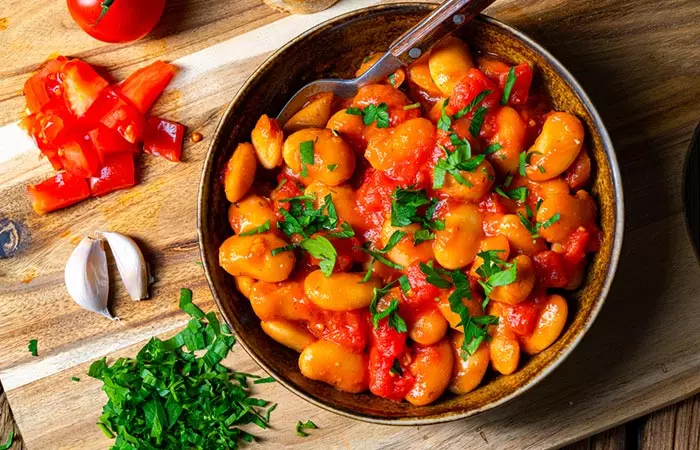
What You Need
- Canned cannellini beans – 4 cups (drained and rinsed)
- Olive oil – 1/3 cup
- Diced tomatoes – 3.5 cups
- Chopped fresh sage – ¼ cup
- Kosher salt – 1 teaspoon
- Garlic cloves – 4 (sliced)
- Granulated sugar – 1 teaspoon
- Freshly ground black pepper – ½ teaspoon
- Low-sodium chicken broth – 1 cup
- Minced fresh parsley leaves – 2 tablespoons
- Crispy bacon – to garnish
Process
- Heat olive oil in a medium skillet over medium flame.
- Add the sage and sliced garlic. Shake the pan so the garlic doesn’t stick. Do not stir because the garlic may clump.
- Turn the heat to medium-low and cook for 3-4 minutes or until the garlic turns very light gold and the sage darkens slightly.
- Add the tomatoes and salt. Simmer, often stirring, until the tomatoes are shiny and their juices have evaporated (8-10 minutes).
- Add the pepper, sugar, and chicken broth, stirring often. Bring the broth to a boil.
- Reduce the heat to low. Add the beans and simmer (stirring often) until the liquid has evaporated (18-20 minutes).
- Remove from the heat and stir in the parsley. Season, if needed, with more salt and pepper.
- You can drizzle extra olive oil and sprinkle crispy bacon before serving (optional).
You can also add white beans to salads. Lydia Wong, a food blogger, shares her recipe for a fulfilling white bean salad. She learned the recipe while on a holiday in France. She writes, ” It has all the wonderful flavors and texture one wants for a salad: smoky, tangy, umami, refreshing and it is extremely forgiven, it tastes great as a side salad or use it as a base and add whatever you like to make it a more substantial meal (i). ” She recommends preparing the salad ahead of time to let the flavors develop.
Are white beans and pinto beans the same? If not, how do they differ? Scroll down to know.
White Beans Vs. Pinto Beans
Pinto beans are small and have a streaky-brown color when raw. They have a much creamier and softer texture. But white beans are a bit firm on the outside and softer on the inside. Pinto beans have an earthy, nutty flavor while white beans have a tender and earthy tone to their flavor. However, pinto beans’ benefits may be quite similar to those of white beans, as both of them are high in protein and dietary fiber.
White beans may improve heart health and aid in weight loss. But are they better than black beans? Find out more in the next section.
White Beans Vs. Black Beans
Both white and black beans are nutritious legumes that differ in their taste, texture, and nutritional profiles. White beans have a creamy and mild taste, making them ideal for soups, salads, and dips. They are rich in fiber, protein, and potassium that help promote digestive health and heart function (1), (8), (19). On the other hand, black beans have a meaty texture and earthy flavor and are popular in Latin American and Caribbean cuisines. Further, there are numerous black beans benefits that come from their high protein and fiber content, as they can help in regulate blood sugar levels and boost your digestive health. They may help promote fullness and better digestion (20), (21).
You can incorporate either one or both beans into your diet as per your dietary preferences and culinary needs.
Infographic: 4 Reasons To Add White Beans To Your Diet
White beans have been used in South American cuisine for centuries. They are an excellent source of antioxidants, proteins, and fiber, which may aid in weight loss and improve heart health. Check out the infographic below to discover the reasons for including these delicious legumes in your diet.
Some thing wrong with infographic shortcode. please verify shortcode syntaxWhite beans are nutritious American legumes featured in many savory dishes. It is loaded with proteins, dietary fiber, vitamins, and minerals. The benefits of white beans range from promoting heart health to possibly lowering blood sugar levels. They are rich in dietary fiber, which may help promote bowel movements and relieve constipation. White beans may also aid in weight loss since they induce the feeling of fullness after eating. They can easily be incorporated in plant-based diets and aid bone health and support the immune system. They have a low glycemic index, which makes them ideal for those watching their after-meal blood sugar spikes. Add these nutritious beans to your diet as their earthy, nutty taste goes well with various dishes. However, when consumed in excess, white beans can cause problems. If you are allergic to legumes, avoid eating white beans. You should limit its use and consult a doctor if any adverse reactions occur.
Frequently Asked Questions
How do white beans support sustainable eating?
White beans are an excellent plant-based protein source. If you do not wish to consume animal protein, you may incorporate them into your diet. This can help reduce demand for livestock farming, a major contributor to environmental degradation and support sustainable eating.
Which is healthier: red or white beans?
Red beans are healthier than white beans because of their low saturated and high polyunsaturated fat content. Red beans are also rich in niacin, vitamin B6, and phosphorus.
Is it OK to eat beans every day?
Yes. It is OK to eat beans every day. They contain many nutrients that help promote overall health and aid good digestion.
Are white beans a Superfood?
Yes, white beans are a superfood, especially for people who work out a lot. Consumption of white beans helps tone up the body.
Are white beans good for gut health?
Yes, white beans are good for gut health. It is loaded with fibers and other nutritious elements that promote sound gut health.
Are white beans anti-inflammatory?
Yes, white beans have anti-inflammatory properties. It is a low-calorie legume power-packed with vital nutrition.
Which beans remove toxins from the body?
Green beans are considered to be highly effective in removing toxins from the body. It also promotes energy and natural hair growth.
Are white beans prebiotic?
Yes, white beans are loaded with protein and prebiotics. This is why it supports a healthy gut.
Are white beans good for belly fat?
Yes, white beans are good for belly fat. Its nutrition-loaded composition helps with appetite control and the reduction of belly and abdominal fat.
Delve into the nutrient profile of white beans. Watch this video to gain a deeper understanding of their nutritional value and how they can contribute to your well-being.
Illustration: White Beans: Nutrition, Types, Benefits, And Recipes
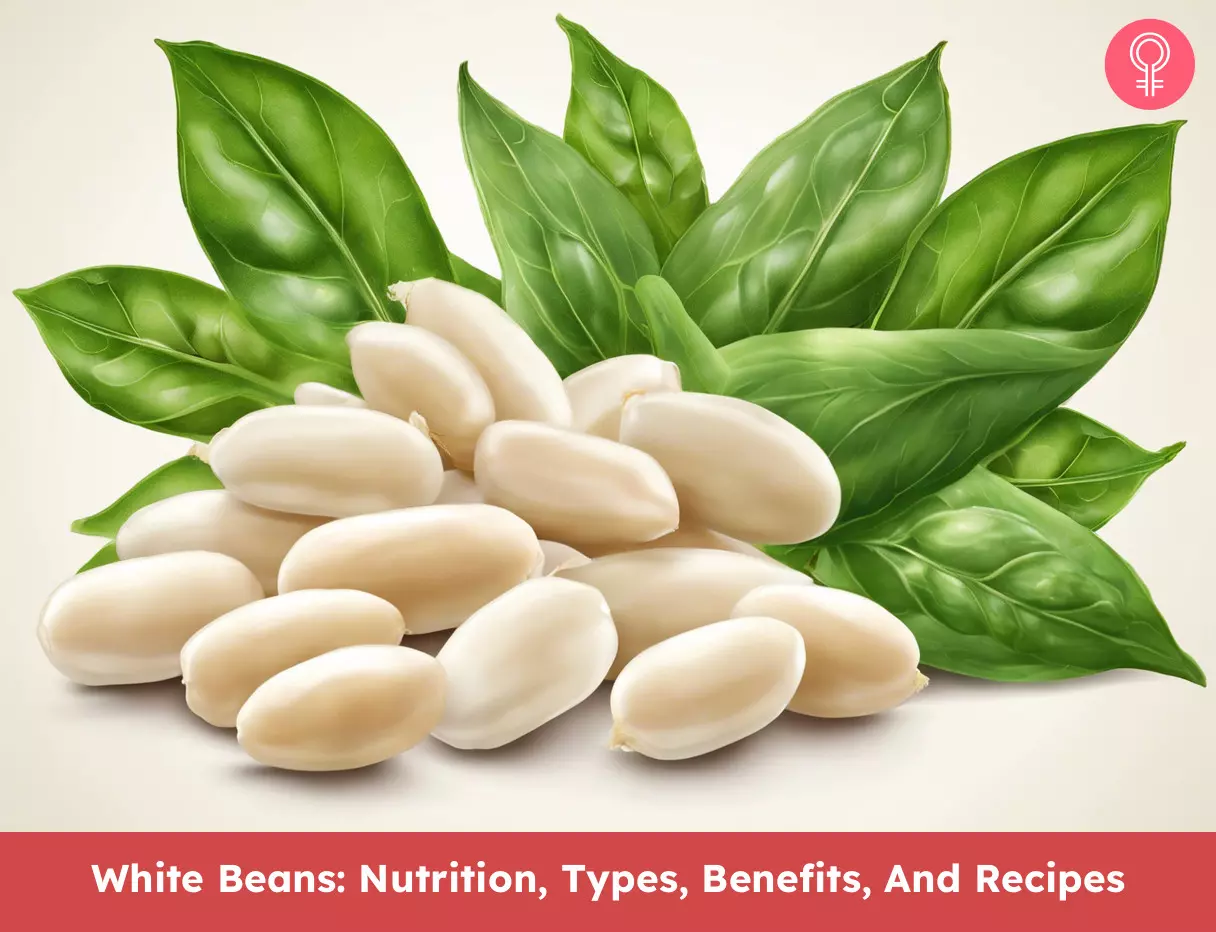
Image: Stable Diffusion/StyleCraze Design Team
Personal Experience: Source
StyleCraze's articles are interwoven with authentic personal narratives that provide depth and resonance to our content. Below are the sources of the personal accounts referenced in this article.
i. Holiday White Bean Saladhttps://gingerandchorizo.wordpress.com/2025/08/04/holiday-white-bean-salad/
References
Articles on StyleCraze are backed by verified information from peer-reviewed and academic research papers, reputed organizations, research institutions, and medical associations to ensure accuracy and relevance. Read our editorial policy to learn more.
- Beans white mature seeds cooked boiled without salt
https://fdc.nal.usda.gov/fdc-app.html#/food-details/175203/nutrients - Effect of dietary fiber on constipation: A meta analysis
https://www.ncbi.nlm.nih.gov/labs/pmc/articles/PMC3544045/ - Legumes: Health Benefits and Culinary Approaches to Increase Intake
https://www.ncbi.nlm.nih.gov/labs/pmc/articles/PMC4608274/ - A proprietary alpha-amylase inhibitor from white bean (Phaseolus vulgaris): a review of clinical studies on weight loss and glycemic control
https://pubmed.ncbi.nlm.nih.gov/21414227/ - A Dietary supplement containing standardized Phaseolus vulgaris extract influences body composition of overweight men and women
https://pubmed.ncbi.nlm.nih.gov/17299581/ - Dietary fiber and weight regulation
https://pubmed.ncbi.nlm.nih.gov/11396693/ - Bean consumption is associated with greater nutrient intake reduced systolic blood pressure lower body weight and a smaller waist circumference in adults: results from the National Health and Nutrition Examination Survey 1999-2002
https://pubmed.ncbi.nlm.nih.gov/18845707/ - Position of the Academy of Nutrition and Dietetics: Health Implications of Dietary Fiber
https://pubmed.ncbi.nlm.nih.gov/26514720/ - Lowering the glycemic index of white bread using a white bean extract
https://www.ncbi.nlm.nih.gov/labs/pmc/articles/PMC2776021/ - Low glycaemic index or low glycaemic load diets for diabetes mellitus
https://www.ncbi.nlm.nih.gov/labs/pmc/articles/PMC6486008/ - Polyphenol-Rich Dry Common Beans (Phaseolus vulgaris L.) and Their Health Benefits
https://www.ncbi.nlm.nih.gov/labs/pmc/articles/PMC5713300/ - The anticancer effects of ferulic acid is associated with induction of cell cycle arrest and autophagy in cervical cancer cells
https://pubmed.ncbi.nlm.nih.gov/30013454/ - Antiproliferative and apoptotic effects of selective phenolic acids on T47D human breast cancer cells: potential mechanisms of action
https://pubmed.ncbi.nlm.nih.gov/14979919/ - Legume intake and the risk of cancer: a multisite case-control study in Uruguay
https://pubmed.ncbi.nlm.nih.gov/19653110/ - Legumes: Health Benefits and Culinary Approaches to Increase Intake
https://www.ncbi.nlm.nih.gov/labs/pmc/articles/PMC4608274/ - Zinc as a gatekeeper of immune function
https://pmc.ncbi.nlm.nih.gov/articles/PMC5748737/ - Nexus between immune responses and oxidative stress: the role of dietary hydrolyzed lignin in ex vivo bovine peripheral blood mononuclear cell response
https://pmc.ncbi.nlm.nih.gov/articles/PMC7045060/ - A review of the impact of preparation and cooking on the nutritional quality of vegetables and legumes
https://www.sciencedirect.com/science/article/pii/S1878450X15000207 - Potassium and Health
https://www.sciencedirect.com/science/article/pii/S2161831322011279 - Black Beans, Fiber, and Antioxidant Capacity Pilot Study: Examination of Whole Foods vs. Functional Components on Postprandial Metabolic, Oxidative Stress, and Inflammation in Adults with Metabolic Syndrome
https://www.ncbi.nlm.nih.gov/pmc/articles/PMC4555112/ - 18. High Fiber Fat and Protein Contents Lead to Increased Satiety Reduced Sweet Cravings and Decreased Gastrointestinal Symptoms Independently of Anthropometric Hormonal and Metabolic Factors
https://www.researchgate.net/publication/315922773_High_Fiber_Fat_and_Protein_Contents_Lead_to_Increased_Satiety_Reduced_Sweet_Cravings_and_Decreased_Gastrointestinal_Symptoms_Independently_of_Anthropometric_Hormonal_and_Metabolic_Factors
Read full bio of Kate Driver
Read full bio of Sindhu Koganti
Read full bio of Ravi Teja Tadimalla
Read full bio of Himanshi Mahajan








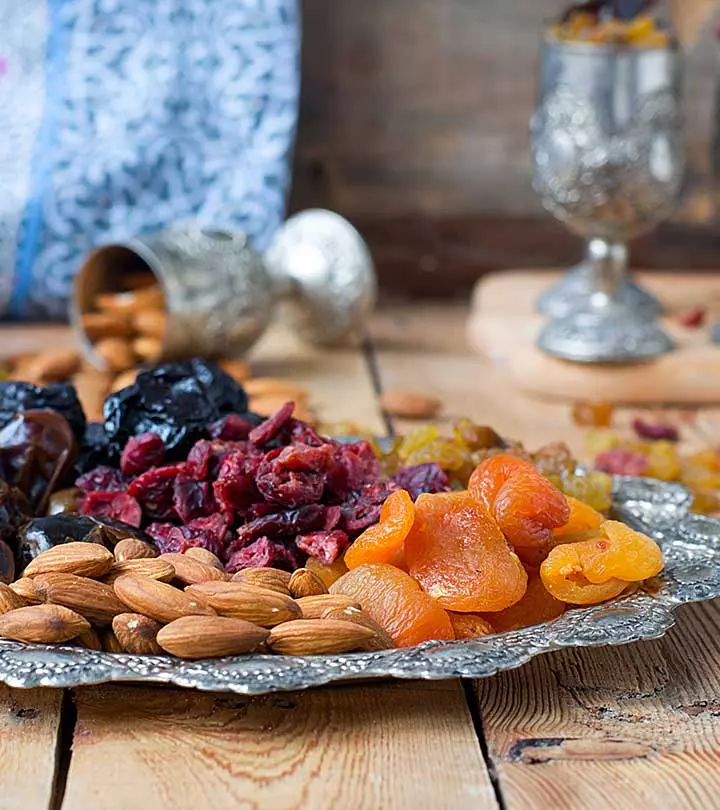
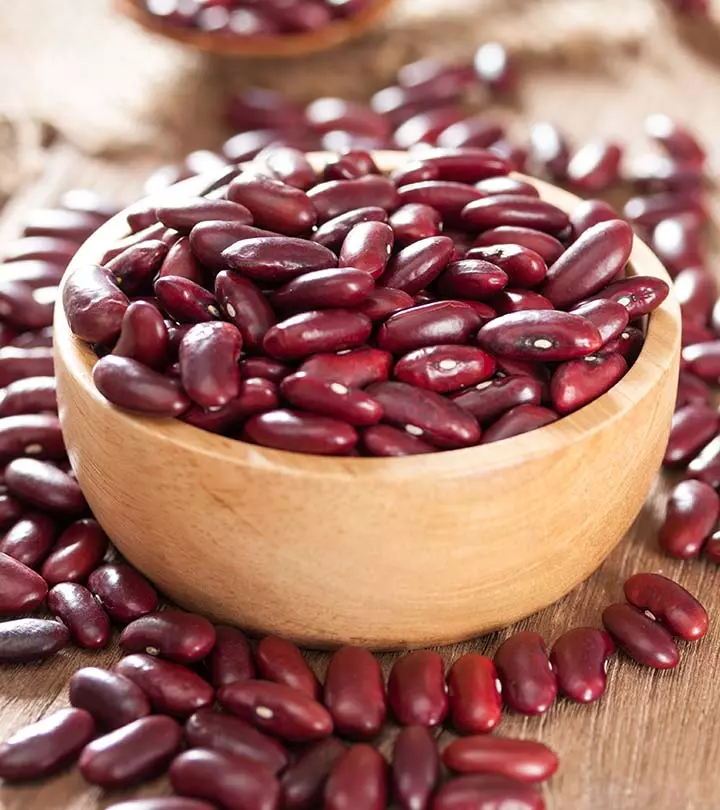

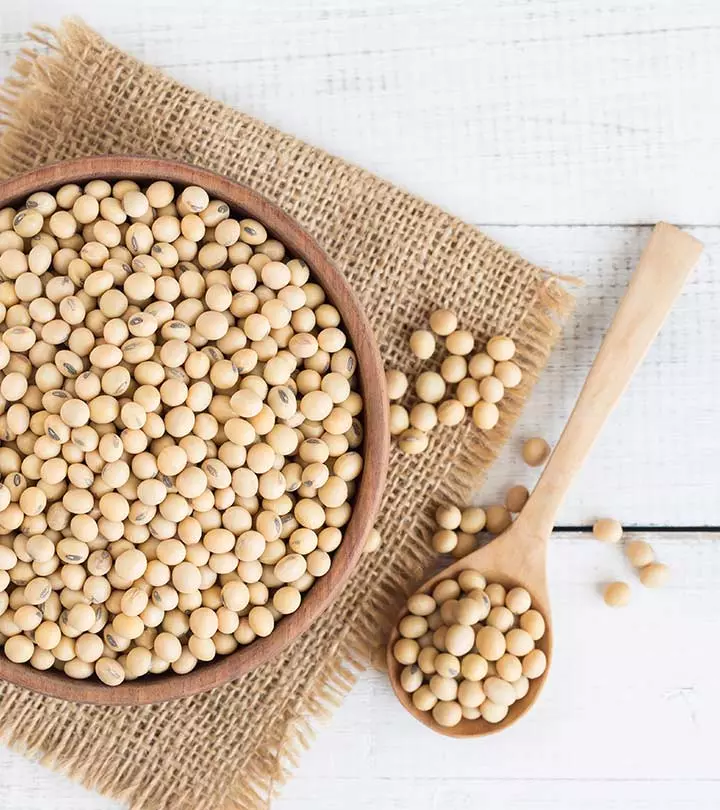
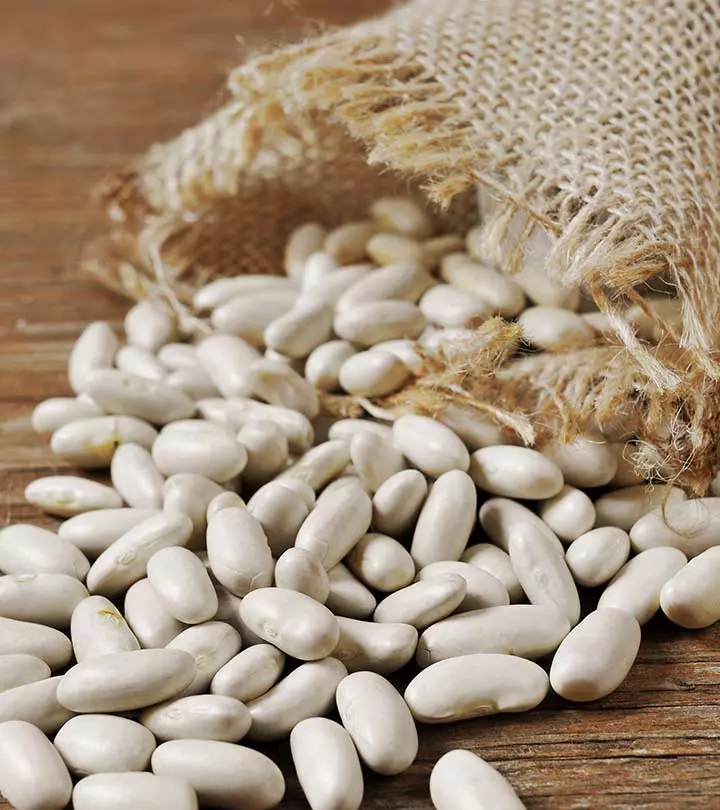

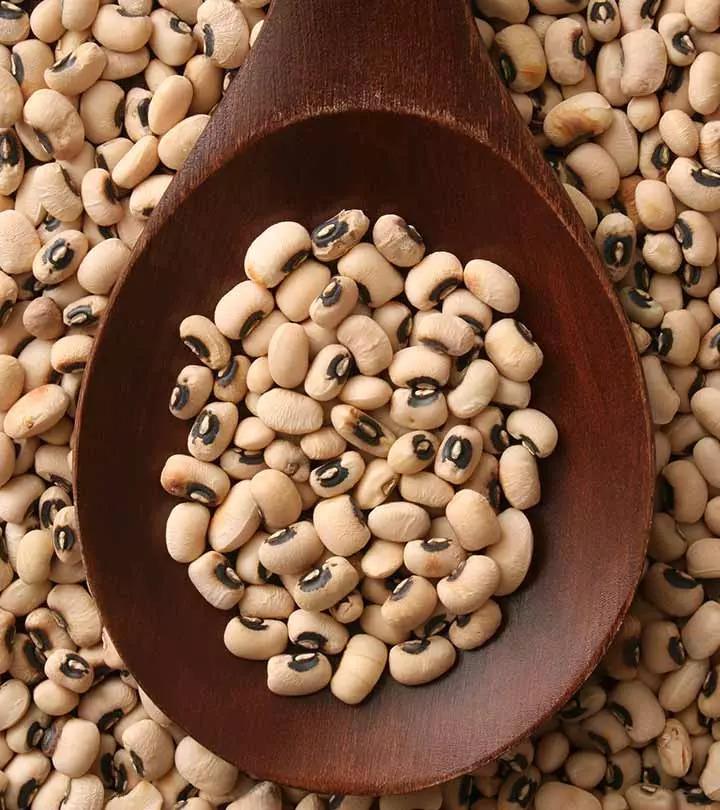
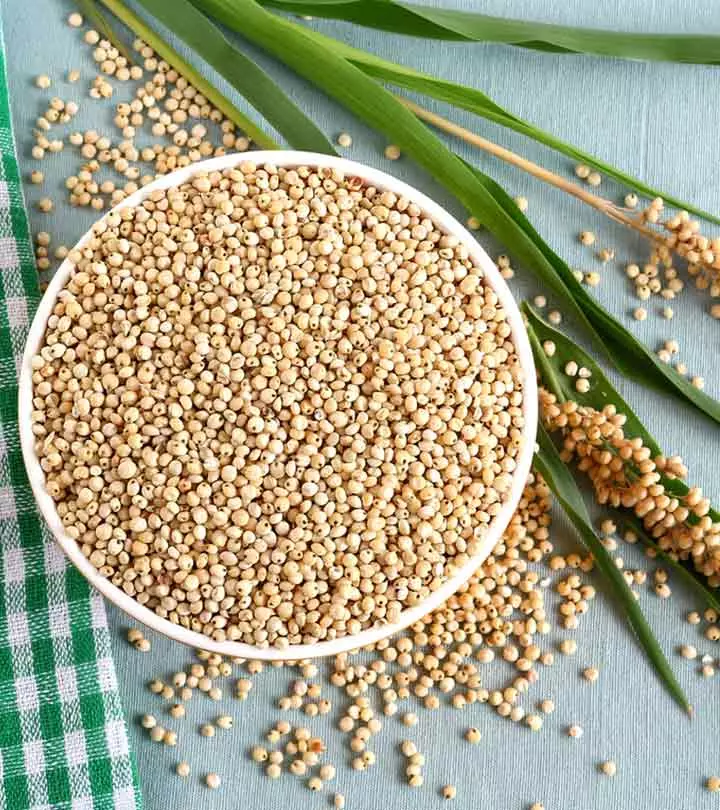
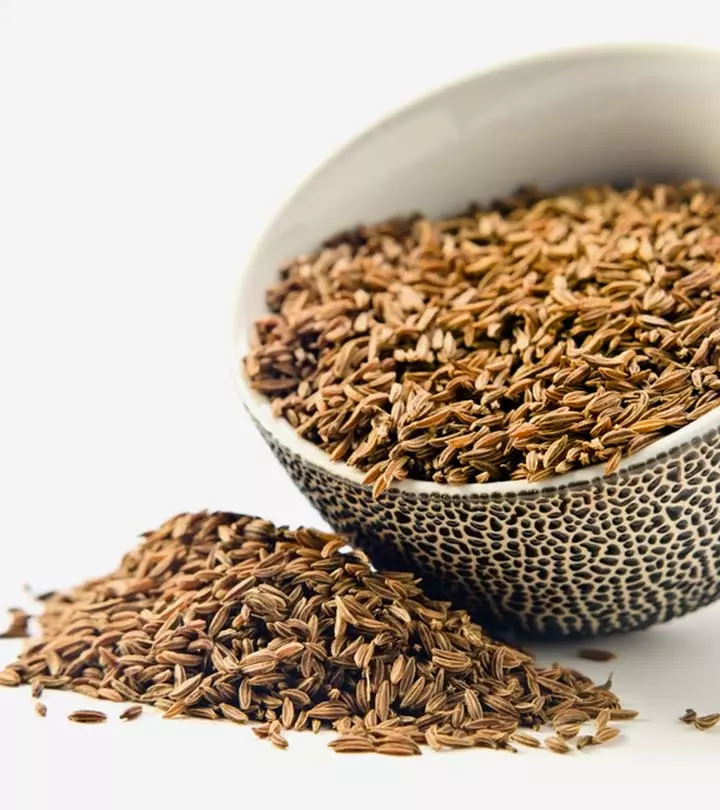
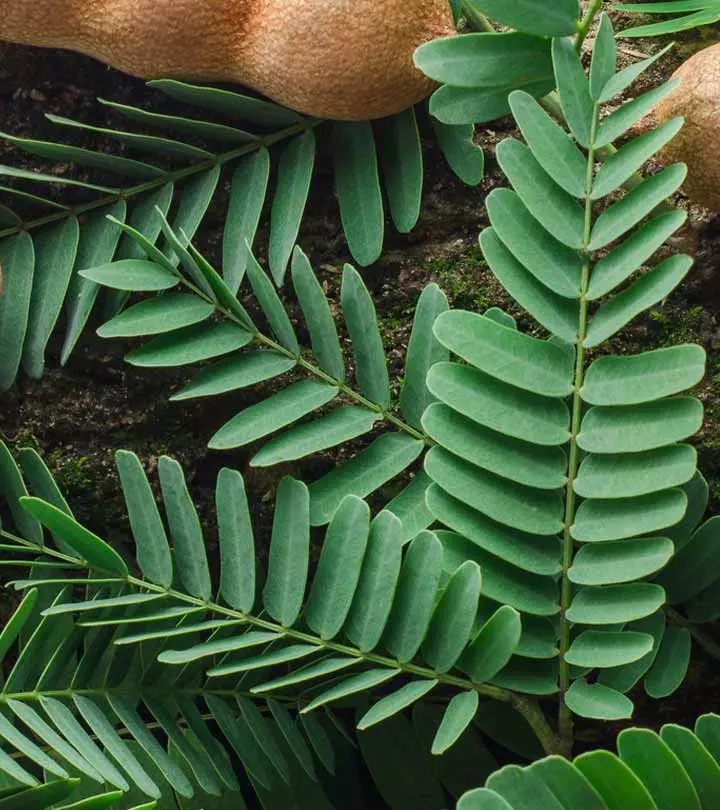
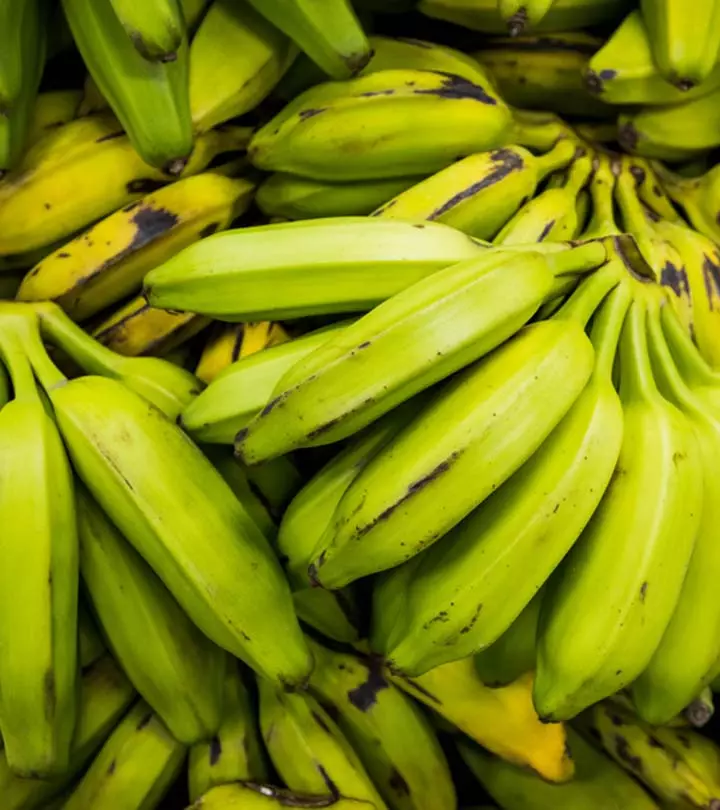

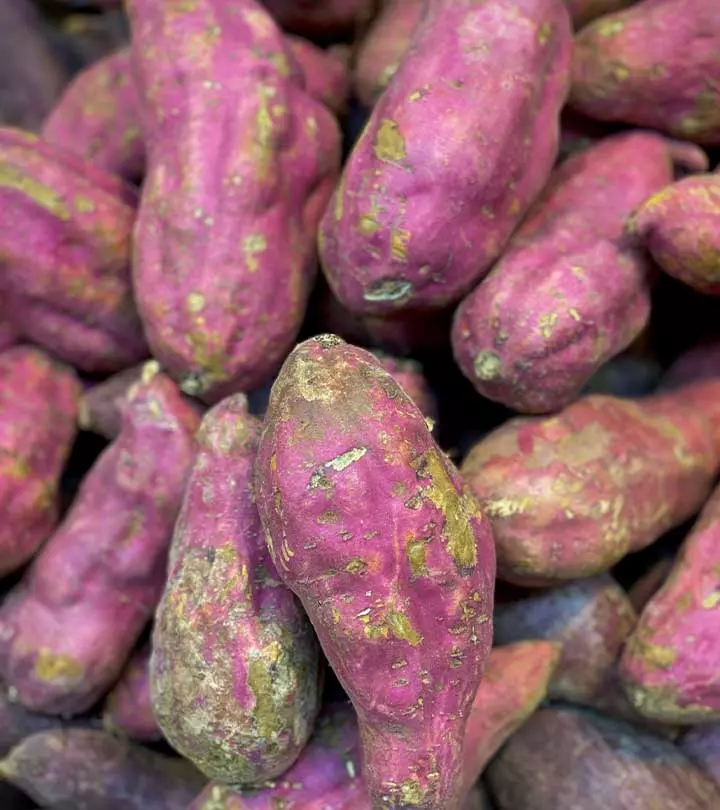




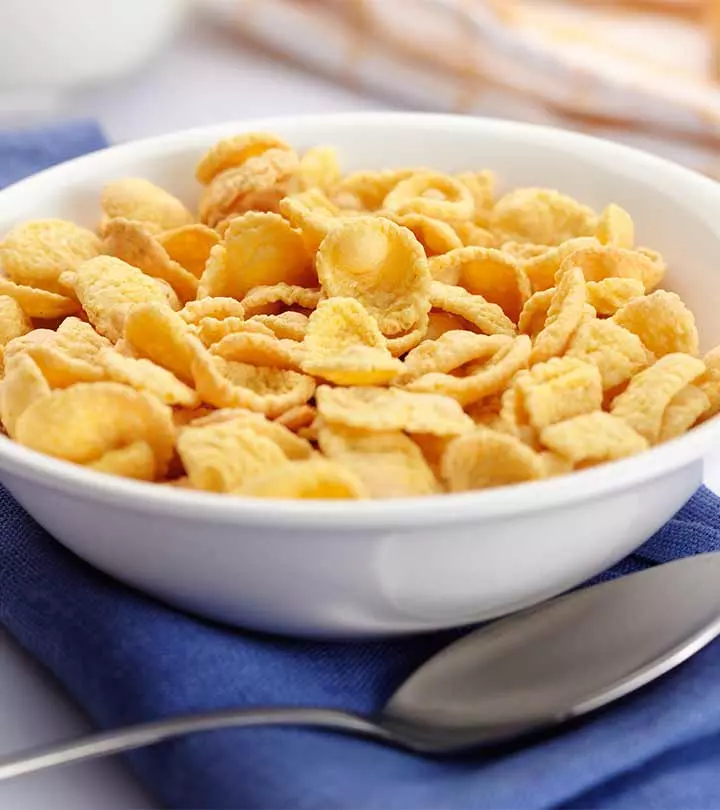
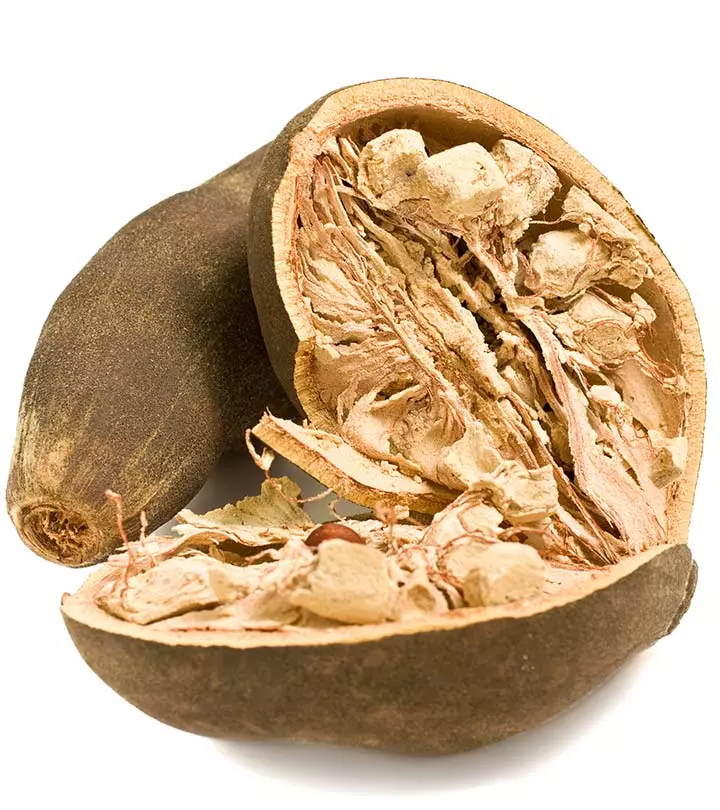
Community Experiences
Join the conversation and become a part of our empowering community! Share your stories, experiences, and insights to connect with other beauty, lifestyle, and health enthusiasts.